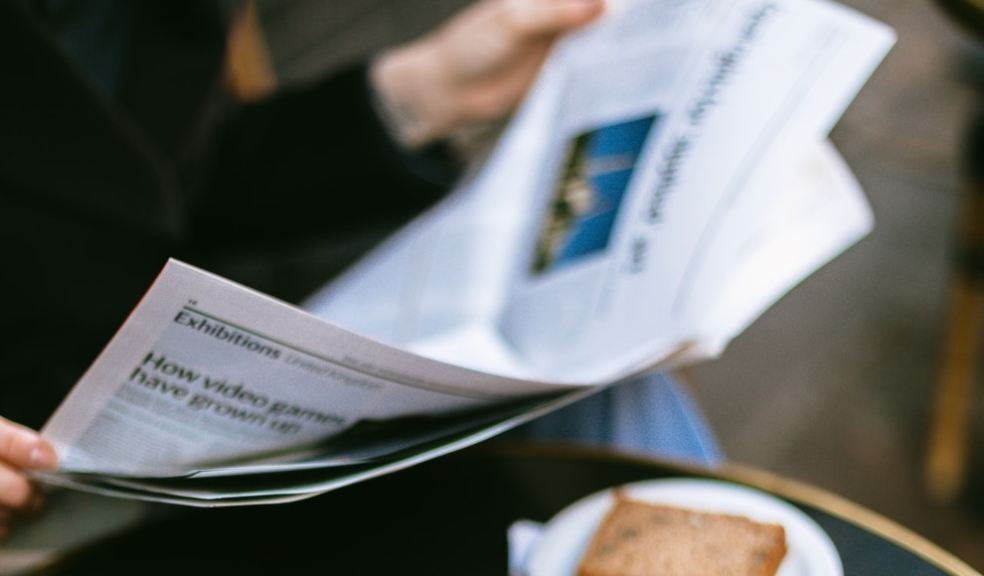
How to identify prejudice in the news
There is more news than ever before these days and it has become widely available in many different formats. This has, however, also opened up a gateway for unreliable news stories and various types of biases and prejudices which are not always easy to spot.
We’ve put together some tips to help you identify which news sources may not be so reliable so that you can stay up to date with world events without being misinformed. If you want to save some money on your next newspaper subscription, visit https://www.bravovoucher.co.uk/discount-code-the-telegraph.html where you can benefit from many great deals and discounts.
Different types of bias
Although bias comes in many different forms, we can focus on the three main types that are most commonly found in the media:
- Placement or selection bias
This first type is to do with the priority that a particular story is given by the editorial powers behind the news source, so it may be different depending on the type of source in question. In regard to newspapers, a story could be affected by where it is presented because quite simply a front-page story is much more likely to attract readers’ attention than one which is placed in a section that is generally less read. The same goes for digital forms and televised news since we’re more likely to read or listen to the initial stories than ones that are communicated later, and broadcasts or reports with striking images are guaranteed to have a bigger impact.
- Reporting bias
This form occurs when a news article is written with a certain tone, known as a ‘spin’ which is usually done purposefully to affect the way it is interpreted by the reader.
- Situational bias
This type of bias is created when a news story appears to contain all the relevant information and facts but does not relay a genuine story because it does not consider certain aspects of the situation such as social and cultural diversity, or stereotyping.
How to spot bias and avoid misinformation
Now that we have identified some of the main types of bias, here are some tips to identify them:
- Separating facts from opinion is not easy but it’s one of the best ways to identify any potential bias. While reading keep an eye out for stories that seem to present facts, but in fact, offer opinions instead.
- Think about the author, who should be identifiable and there should be some information on this person’s status or qualifications to support their expertise on a particular issue or reliability in general.
- Evaluate the source to see if there are any political or advertising slants included.
- Look for factual evidence by analysing the claims made to check if they are backed up by facts
- Consider the language used to decide if there is anything too emotive, exaggerated, or inappropriate for the story in question.
- Check and compare the same stories from different sources to see if there is a difference in the information or the way in which it is presented.
- For statistics and certain types of factual information, you can also verify the data yourself by consulting independent sources.
- Ask yourself if the story matches the headline. Eye-catching headlines are often used to attract the reader’s attention and journalists know that many people only skim the headlines, without reading each and every article in full.
- Pay attention to any images or visuals that could have an impact on the way the article is presented and interpreted.
- Finally, consider the newspaper itself, or the news channel and research what kind of reputation it has, you will find thatsome sources are known for being more independent than others. To find out more information about the rules and regulations surrounding the UK press, you can also check out IPSO, the Independent Press Standard Organisation.













